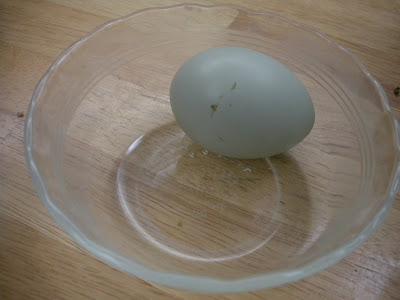
The citrus around here is slowly coming into season. Every couple days a tangerine will drop from the tree, nice and ripe. We had one for dessert today, and it was great. Pretty soon we'll have oranges, grapefruit, and lemon as well. I've been looking into canning, and it should be easy (it seems like so many citrus fruits get wasted in Florida--- there's just too much too fast!). I'm also interested in candying some lemon and orange peel, which sounds scrumptious. I wonder if we could boil down some juice and freeze or can that too.





















 On them menu? Tomatoes and bacon with some green beans from our garden, squash and zucchini with onions, and a delicious seafood dish created by Mr. Phils.
On them menu? Tomatoes and bacon with some green beans from our garden, squash and zucchini with onions, and a delicious seafood dish created by Mr. Phils.


 Taylor couldn't help but jump in the water for a swim.
Taylor couldn't help but jump in the water for a swim. 




















